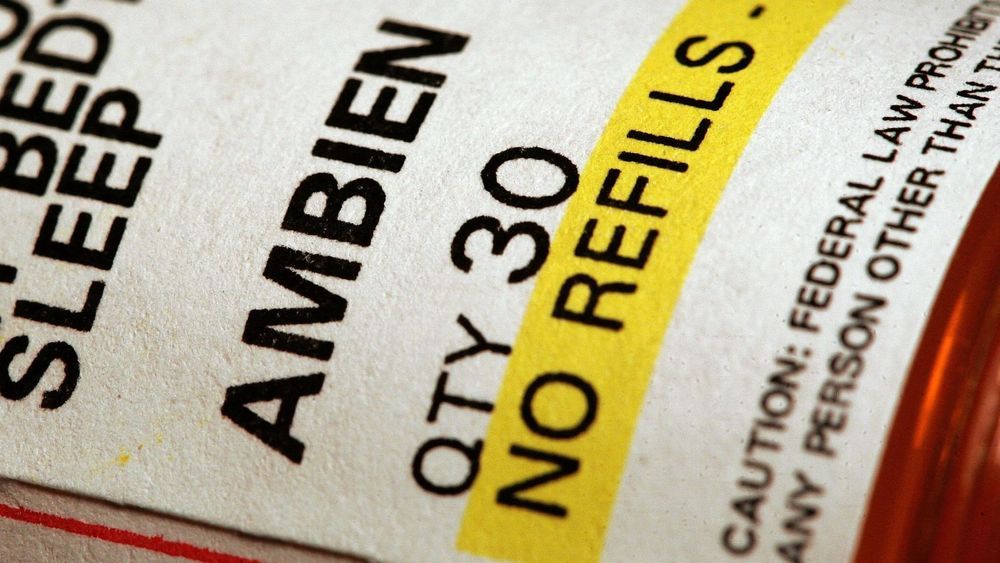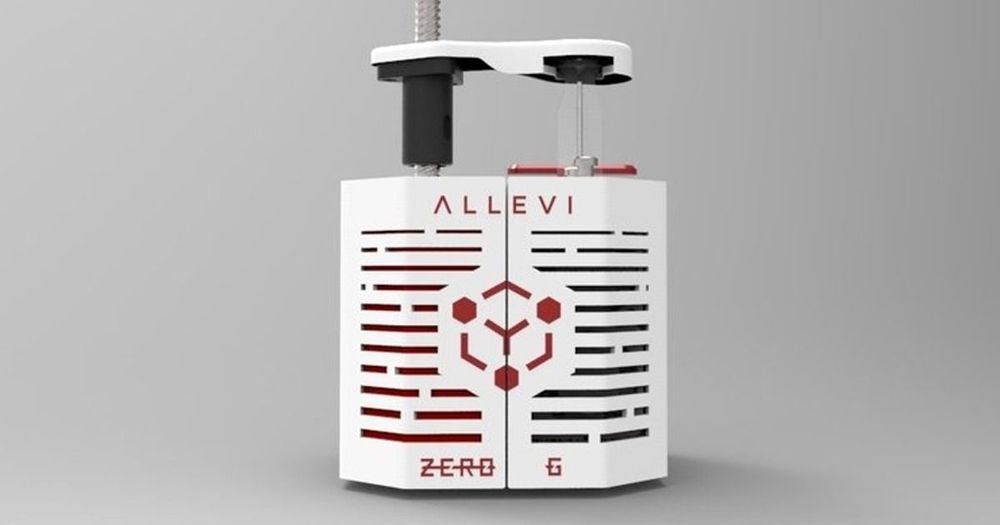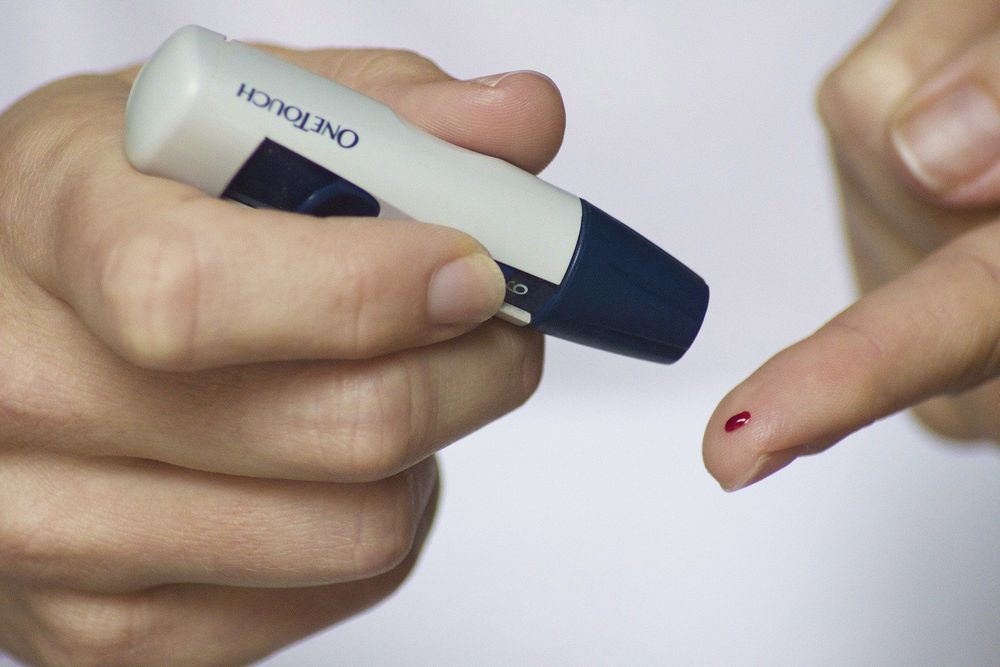undoing-aging.org/…/judy-campisi-presenting-at-undoing-agin…
More info on Forever Healthy: forever-healthy.org

undoing-aging.org/…/judy-campisi-presenting-at-undoing-agin…
More info on Forever Healthy: forever-healthy.org

The Food and Drug Administration is forcing certain sleep drugs to carry a deadly serious warning about the rare, frightening side effects they can cause. The side effects, which have reportedly caused serious injuries and even deaths, include sleepwalking and other intricate behaviors done while a person is sleeping or not fully awake, like driving and cooking.
The new black box warning—the strictest label used by the FDA to denote potentially life-threatening side effects—will apply to three drugs commonly used for insomnia and sold under various brand names. They are eszopiclone (Lunesta), zaleplon (Sonata), and zolpidem (Ambien, among other names). In addition to the warning, people will also be told to stop or avoid using these drugs if they’ve ever experienced these symptoms.

Researchers at the University of Sydney have discovered an antidote to the deadly sting delivered by the most venomous creature on earth—the Australian box jellyfish.
The Australian box jellyfish (Chironex fleckeri) has about 60 tentacles that can grow up to three metres long. Each tentacle has millions of microscopic hooks filled with venom.
Each box jellyfish carries enough venom to kill more than 60 humans.


Results of a recently completed clinical trial of a potential drug to treat Type 2 diabetes in children were announced Sunday [April 28] at the Pediatric Academic Societies 2019 meeting in Baltimore, Md. The New England Journal of Medicine also published the findings. Study coauthor Jane Lynch, M.D., FAAP, professor of pediatrics at UT Health San Antonio, said the drug, liraglutide, in combination with an existing medication, metformin, showed robust effect in treating children studied in the Ellipse trial.
Currently only two drugs, metformin and insulin, are approved by the U.S. Food and Drug Administration for the treatment of Type 2 diabetes in children. By comparison, more than 30 drugs are approved to treat this form of diabetes in adults.
“We’ve not been able to get drugs approved for children beyond metformin and insulin,” Dr. Lynch said. “This adult diabetes medication was very effective in our trial of youth with Type 2 diabetes and was well tolerated. We urgently need other options for medical treatment of Type 2 diabetes in our youth under age 18. If approved, this drug would be a fantastic new option to complement oral metformin therapy as an alternative to insulin for our youth and adolescents with Type 2 diabetes.”
Researchers from University of Jyväskylä and Aalto University in Finland have developed a customized DNA nanostructure that can perform a predefined task in human body-like conditions. To do so, the team built a capsule-like carrier that opens and closes according to the pH level of the surrounding solution. The nanocapsule can be loaded—or packed—with a variety of cargo, closed for delivery and opened again through a subtle pH increase.
The findings, published in the journal Nature Medicine, showcase a novel CRISPR/Cas9 genome-editing therapy that can suppress the accelerated aging observed in mice with Hutchinson-Gilford progeria syndrome. This treatment provides an important insight into the molecular pathways involved in accelerated aging, as well as how to reduce toxic proteins via gene therapy. The researchers hope to translate this therapy to humans to potentially provide a cure for progeria as well as possibly slowing down the aging process to delay the onset of age-related diseases in everyone.
Link to paper: https://www.nature.com/articles/s41591-019-0343-4
Abstract.

Researchers have tested nicotinamide mononucleotide on aged mice to see if it can help reverse age-related cognitive decline by improving blood flow in the brain.
The brain is a hungry organ
Healthy brain function relies on efficient cerebral blood flow (CBF) to wash away harmful waste products for disposal and supply the brain with an adequate supply of oxygen and sufficient nutrients.